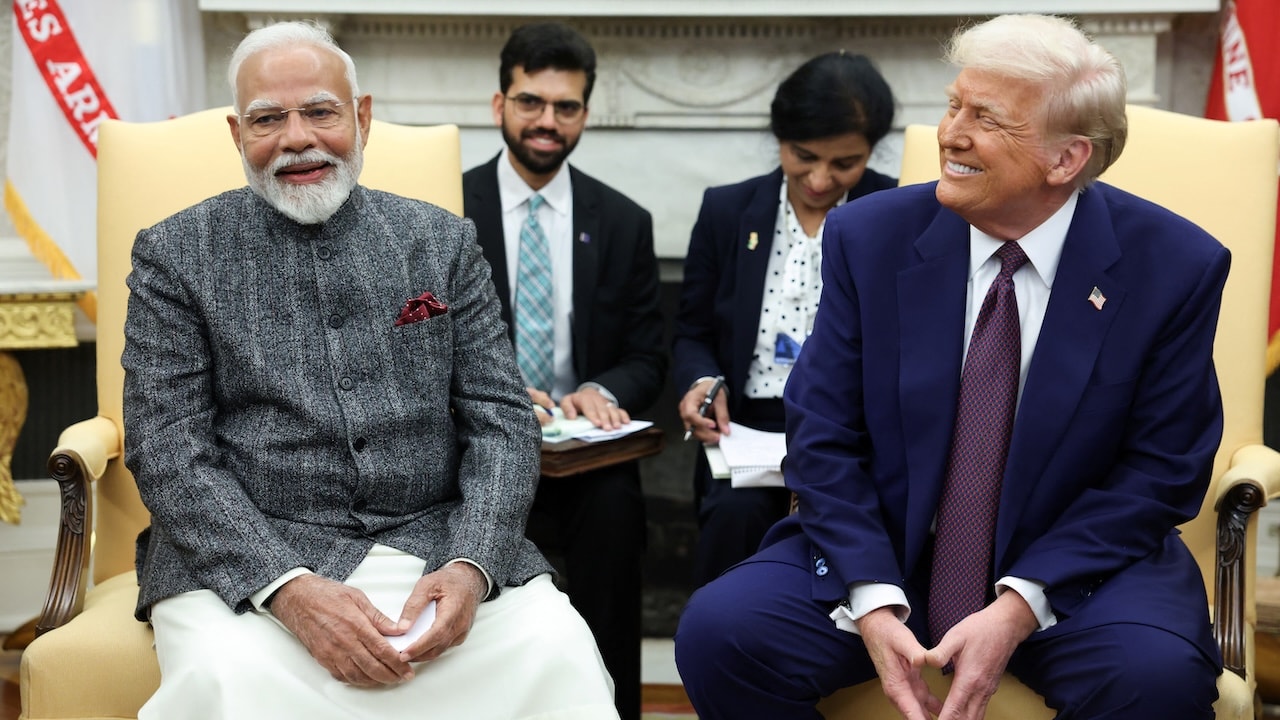Gold glitters not just in jewellery shops but deep inside the vaults of central banks across the world. From New Delhi to Washington, London to Beijing, central banks remain some of the largest buyers
and holders of the yellow metal. The question arises – in an era of digital money, crypto experiments, and high-tech financial markets, why are governments still stockpiling something as ancient as gold?
The answer lies in a mix of economics, history, and geopolitics. Gold remains the ultimate safe-haven asset — immune to inflation, untouched by political games, and universally recognised as a store of value. But the way central banks buy, store, and use gold has evolved over the decades, reflecting the changing dynamics of global finance.
Why Central Banks Buy Gold
For centuries, gold served as the backbone of monetary systems, from the classical gold standard in the 19th century to Bretton Woods in the mid-20th. While currencies are no longer pegged to gold, the metal continues to act as the final hedge against uncertainty.
When central banks hoard gold, they are essentially insuring themselves against crises—whether it is inflation eating away at the value of paper money, the collapse of a major currency, or geopolitical turmoil that makes foreign exchange reserves risky. Unlike dollars, euros, or yen, gold does not depend on another government’s fiscal discipline or political stability. It sits in vaults, tangible and indestructible.
There is also the matter of trust. Citizens and investors are reassured when their central bank holds significant gold reserves. It signals financial stability, especially for emerging economies where currencies are more vulnerable.
How Central Banks Buy Gold Has Changed
Decades ago, most gold transactions between governments were settled discreetly through official channels—swapping bullion in London or transferring bars at the Federal Reserve Bank of New York’s vaults. The market was tightly controlled, with only a few central banks acting as sellers or buyers.
Today, the system is more open and market-driven. Central banks typically buy gold through:
Spot markets and over-the-counter trades: Gold is bought at prevailing international prices, often through bullion banks.
Domestic production: Countries like Russia and China source directly from local miners, reducing dependence on international suppliers.
Swaps and leasing: Central banks sometimes lend out part of their reserves to earn interest or use swaps to balance foreign exchange positions.
The big shift has been in direction. For much of the late 20th century, central banks—particularly in Europe—were net sellers of gold. They preferred holding dollars or bonds that earned steady interest. But since the 2008 global financial crisis, the trend reversed dramatically. Now, central banks are among the largest net buyers of gold, led by the US (8,133 tonnes), Germany (3,351 tonnes), Italy (2,451 tonnes), France (2,437 tonnes) China (2,279 tonnes), Switzerland (1,039.94 tonnes) and India (876 tonnes), as per the World Gold Council.
How The Reserve Bank Of India Buys Gold
India, one of the world’s largest consumers of gold, is also steadily expanding its official reserves. The RBI buys gold through international markets, primarily the Bank of England’s vaults in London, where much of the world’s central bank gold is stored.
The RBI also repatriates gold to domestic vaults for greater security, as seen in recent years when several tonnes were shifted back to Indian soil. Purchases are made quietly to avoid disrupting prices but often coincide with periods of global financial stress or weakening of the US dollar.
As of mid-2025, India’s gold reserves stand at over 850 tonnes, making it one of the top 10 official holders in the world. This stockpile is part of the broader foreign exchange reserves, which also include dollars, euros, and other currencies. For India, gold provides a hedge against external shocks like volatile oil prices, dollar fluctuations, or sudden capital outflows.
Why Are Gold Prices Rising In India?
Indian households already see gold as a family investment, a marriage necessity, and a financial safety net. But lately, prices have been climbing at record speed.
In the last three months alone, domestic gold rates have risen from around Rs 88,000 per 10 grams to over Rs 1,05,000, driven by two main factors:
- Global buying by central banks, which tightens supply.
- Expectations of US Federal Reserve rate cuts, which weaken the dollar and make gold more attractive.
The rally has made Indian consumers cautious—demand for jewellery dipped during the last wedding season—but for the RBI, these purchases have strengthened the case for diversifying away from dollar-denominated assets.
Do Gold Hoards Impact Interest Rates?
At first glance, gold sitting in vaults does not directly influence interest rates. Central banks set rates based on inflation, growth, and liquidity needs, not on how many tonnes of bullion they hold.
But indirectly, gold matters. When a central bank chooses to buy gold instead of US Treasuries or euro bonds, it reduces demand for those assets, nudging yields slightly higher. Large-scale gold accumulation by emerging economies can also signal a lack of confidence in the dollar system, influencing global capital flows.
For India, the RBI’s gold purchases don’t dictate domestic lending rates, but they play into the broader stability of reserves. The stronger the reserves, the more room the central bank has to intervene in currency markets without worrying about depletion. That stability helps anchor inflation expectations, which ultimately shapes interest rate decisions.
Will Gold Prices Fall Amid Fed Rate Cut Buzz?
Much of gold’s recent surge is tied to expectations that the US Federal Reserve will start cutting rates later this year. Lower interest rates make holding non-yielding assets like gold more attractive, as the “opportunity cost” falls.
If the Fed follows through, gold prices could remain elevated or climb further, possibly breaching new records. But there is also the flip side: if inflation stays stubborn and the Fed delays cuts, gold could face selling pressure.
In India, prices are doubly sensitive—global trends are magnified by currency fluctuations. A weaker rupee against the dollar pushes gold prices up further in domestic markets, regardless of what happens globally.
What This Means For The Average Indian
While central banks hoard gold for stability, households view it as a trusted investment. The two trends reinforce each other: rising official demand boosts prices, which makes families see gold as even more valuable.
Yet, it is worth noting that gold is not a growth asset. Unlike stocks or businesses, it does not generate income. Its value lies in protection during uncertainty. For the RBI, that protection ensures India can weather external shocks. For ordinary people, it remains the jewellery in the locker that can be sold in emergencies.
What To Conclude
The world may be living in the digital age, but central banks’ obsession with gold shows that old instincts die hard. Whether it is India, China, or the United States, gold remains the silent guarantor of trust in the financial system.
The way central banks buy it has evolved, but the underlying reasons—stability, security, and sovereignty—remain unchanged. In India, the RBI’s gold strategy dovetails with household tradition, reinforcing the metal’s unique place in both economic policy and personal finance.
As debates over interest rates and the Fed’s next move continue, one truth shines through: the world may shift its currencies, but when uncertainty strikes, it will always turn back to gold.














